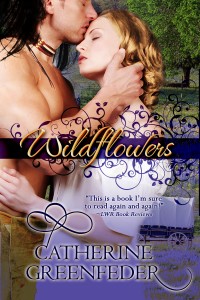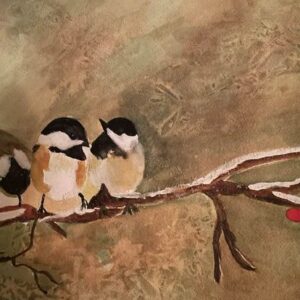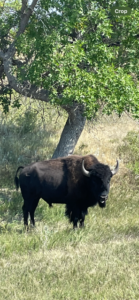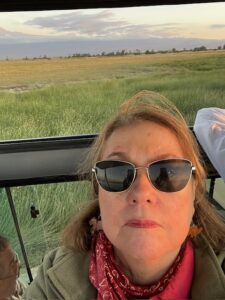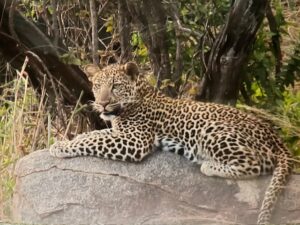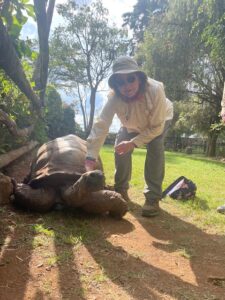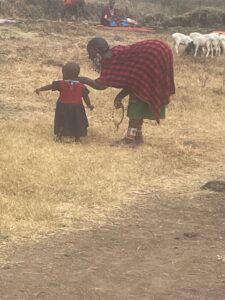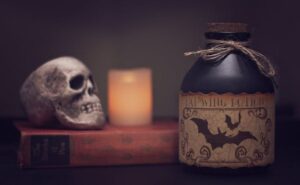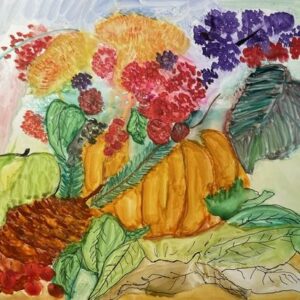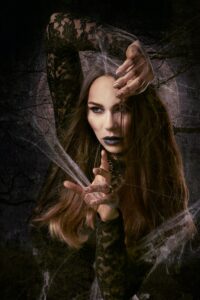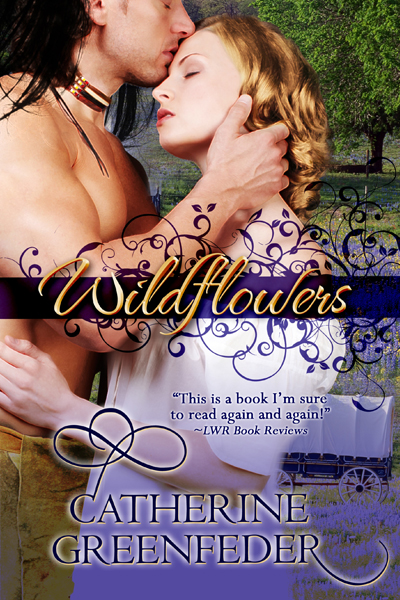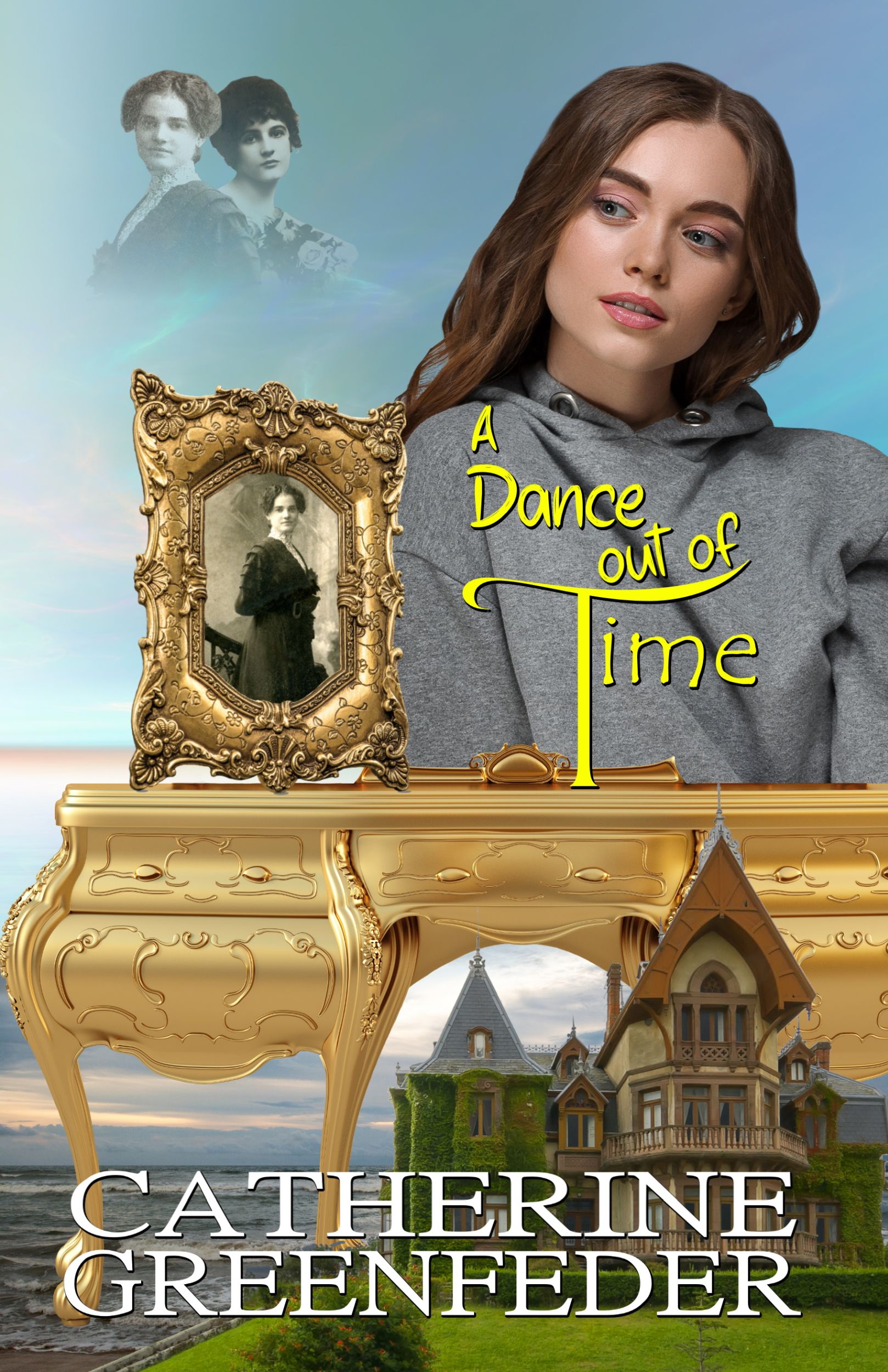
March is Women’s History Month, a time to remember all the women who helped us, who served their country, and who gave so much of themselves. Reflecting on my life as a writer, a retired educator, and a woman, I can think of countless women who mentored me.
My mom along with my dad helped me with learning to read. I’ll never forget how I struggled a little at the beginning. They made me read the book The Cat in the Hat by Dr. Seuss aloud while recording my reading. I had to listen to my reading, stumbling over words, not pausing for end marks, and feeling frustrated as a five year old. Although I loved hearing others read, I had to learn to do so for myself. By the end of that session, I fell in love with the rhyming and story. Then I went on to read every single book by Dr. Seuss. Later in life, my mom lent me her paperback books. It was those early Harlequin novels and Pocket books that inspired me to become a romance writer.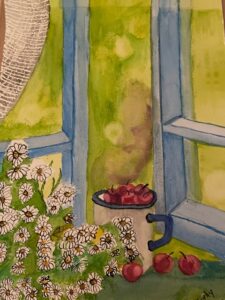
Mom also influenced my art. When I was a child she took me to a pottery school near our home in the West Village. I still have a few pieces that I made when I was seven years old. Rather than buy Christmas cards, she helped me design them. Many years later we still talk about art, and I continue to enjoy creating it whether drawing, painting, or photography.
Two teachers stand out in my mind as mentors. Mrs. Seguine, my fifth grade teacher at P.S. 23, helped me get over my shyness and make a transition from a parochial school to a public school. She also complimented my creative writing. One time after she gave an essay exam, I handed my essay in last. Although a few students laughed at me for being slow with finishing, Mrs. Seguine told the class that I cared enough to do my best and that one day I would become a writer. I did.
My eighth grade English teacher, Miss Maniscalco, helped me get over my fear of public speaking. Although a good student, I did not like getting up in front of the room to give oral reports. I had read Animal Farm and loved it. In fact, I loved all the assigned readings. Miss Maniscalco made suggestions on how to deliver my presentation. I took those suggestions and did very well. Although I still wasn’t crazy about public speaking, after a while I became more comfortable doing it. Ironically, I would one day become an eighth grade English teacher. All those phobias helped me, I think, to mentor the shy students I taught.
I had a lot of women mentors as a writer. They included Kathryn Hayes, a children’s book author and public librarian. Kathryn enjoyed the pieces of stories that I shared with her and encouraged me to finish my work. Rita Rinaldi, a retired hair stylist and book reviewer, read my earlier versions of my historical romance Wildflowers, giving content critiques and a ton of encouragement. She also helped me with the title. Irene Weissman, a business woman and writer, provided a lot of feedback and got me to see the lighter side of things. All three are gone now, and I miss them. There are other writers who were in critique groups or writing groups with me. Some gave me feedback. Some gave me a pat on the back. Some gave me a much needed kick in the butt to keep going. All wonderful women. I am so grateful to them.
I also appreciate the women authors I knew through their work, some long gone like Emily Dickinson, Jane Austen, Louisa May Alcott, Maya Angelou, and current popular fiction writers like Isabel Allende, Jo Jo Moyes, Julia Quinn, Debbie Macomber, among others.
